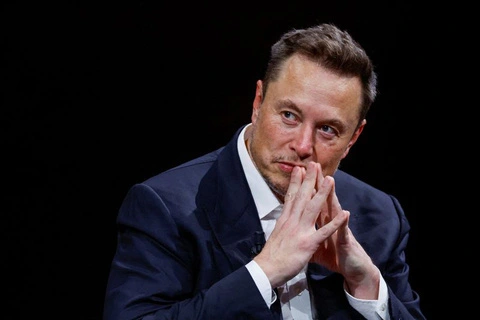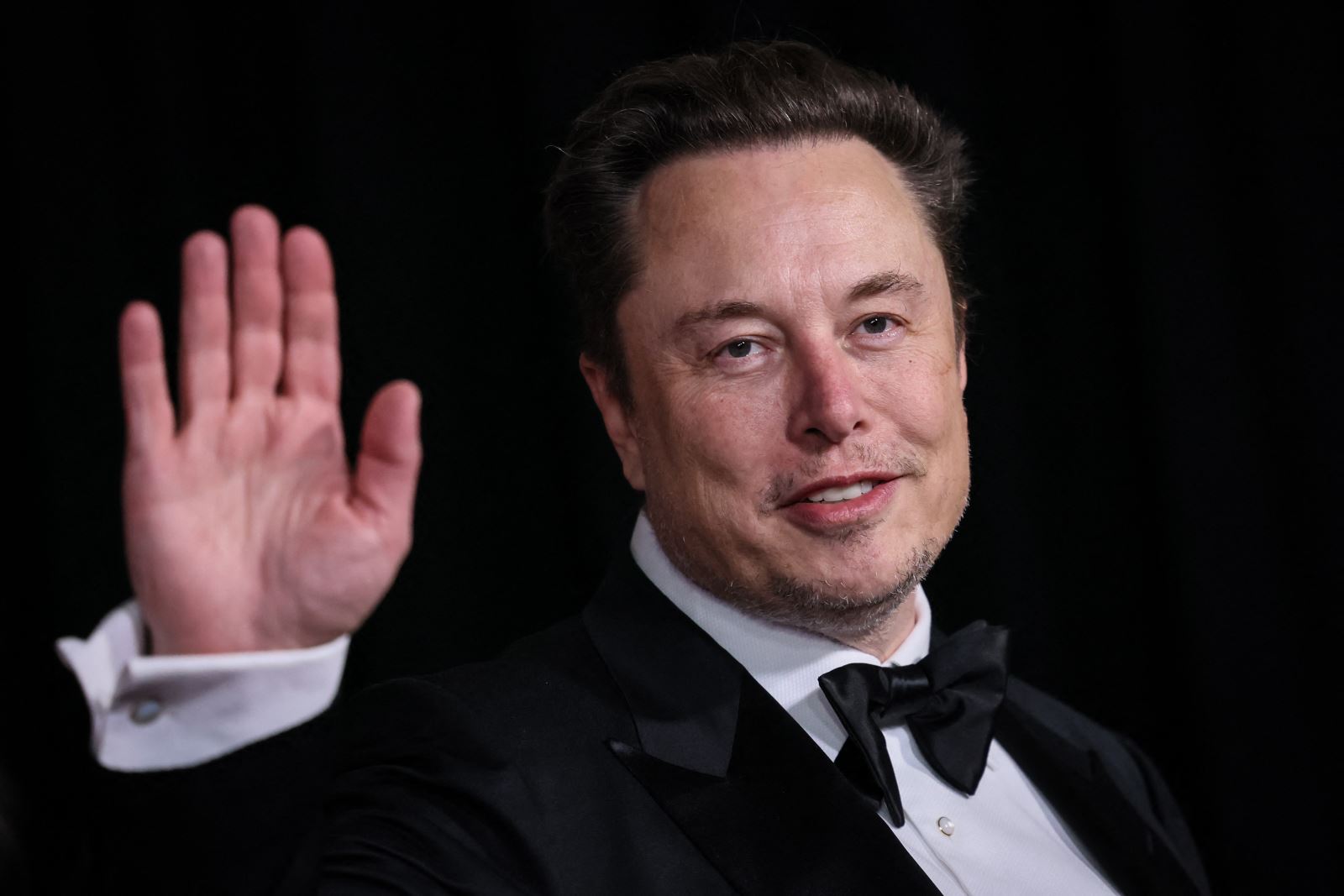In the 21st century, the conversation surrounding artificial intelligence (AI) and robotics has surged to the forefront of technological discourse, particularly prompted by innovators like Elon Musk. The continuous advancements in robotics and AI pique not only the interest of tech enthusiasts but also raise questions about the future relationship between humans and machines. This blog post delves into Musk’s contributions to the field, the potential paths for robot-human interactions, and the implications for society as we move toward a future increasingly populated by robots.

Elon Musk: A Catalyst for Robotic Innovation
Elon Musk, the CEO of SpaceX, Tesla, Neuralink, and The Boring Company, stands as a paragon of modern innovation. Through these ventures, he has explored various avenues of technology that aim to revolutionize our worlds, from electric vehicles to space travel and brain-computer interfaces. Musk’s bold vision often reflects an inclination towards AI and robotics as essential elements for human advancement.
>>> Buy now: Lyle Lyle Crocodile Bedding Set Pattern Quilt Cover
Musk’s significant contributions to robotics can be seen in his ambitious Tesla Bot project, revealed in August 2021. The Tesla Bot, also known as Optimus, is intended to be a humanoid robot designed to perform tasks that are repetitive, dangerous, or boring, hence, enhancing the productivity of human workers. This development is rooted in Musk’s vision: a future where robots can take on mundane jobs, allowing humans to focus on more creative and intellectually demanding pursuits.
Equally, Musk emphasizes a cautious approach toward AI. He has repeatedly voiced concerns over the potential consequences of unchecked AI development, urging policymakers and technologists to establish safety protocols that ensure AI remains beneficial for humanity. As Musk puts it, the challenge lies not only in creating powerful AI but in ensuring its alignment with human values.
The Road to Robotic Integration
The vision of a future filled with automation and robotics involves different stages of integration that society must navigate. Here are several key areas where robotics is set to make a profound impact:
1. Industrial and Manufacturing Robots
Industrial robots have been utilized for decades, but we are on the brink of a significant evolution. With the advancements in AI and machine learning, robots will become increasingly sophisticated. They will not only streamline operations but also make autonomous decisions to enhance production efficiency. Industries ranging from automotive manufacturing to pharmaceuticals are already leveraging this technology, decreasing costs, and increasing accuracy.
2. Domestic and Service Robots
As depicted in various futuristic narratives, robots that assist in daily household tasks are becoming a reality. In the near future, we may see robots performing chores such as cooking, cleaning, and gardening, ultimately evolving into companions that enrich our lives. While companies are already developing robotic vacuum cleaners and lawnmowers, the development of robots that can understand context and learn from their environments remains an area ripe for exploration.
3. Healthcare Robotics
The healthcare sector stands to benefit tremendously from robotics. Surgical robots have already begun revolutionizing the precision of operations, reducing human error, and improving patient outcomes. Furthermore, care robots can assist the elderly and disabled, enabling them to lead more independent lives. With technology like exoskeletons and robotic prosthetics progressing rapidly, the quality of life for individuals with mobility impairments will likely see a significant improvement.
4. Exploration and Disaster Response Robots
The exploration of outer space and hazardous environments on Earth continues to rely heavily on robotics. Robots like Mars rovers exemplify how machines can withstand conditions too extreme for humans. As environmental challenges arise on our planet, whether responding to natural disasters or engaging in search and rescue operations, robots are set to play critical roles. Autonomous drones and ground robots can navigate and operate in hazardous situations, performing tasks that could save human lives.
5. Social and Emotional Robots
One of the more intriguing prospects in robotics is the development of social robots designed to interact with humans on an emotional level. These machines, such as empathy-driven AI companions, could address feelings of loneliness, particularly among the elderly population. The design of these robots poses intricate challenges, especially regarding emotional intelligence, ethical considerations, and the implications of forming relationships with non-human entities.
The Ethical Implications
As we embark on this journey towards a robotic future, ethical considerations will become increasingly prominent. Several questions arise: What rights should robots have, if any? How can we ensure the equitable deployment of robots across different sectors? Moreover, what will it mean for human identity in a world where interactions with machines become commonplace?
Musk has repeatedly advocated for conversations on the ethical treatment of AI and robotics. A collective effort to create guidelines that govern AI development is crucial. This involves not just technologists but also ethicists, policymakers, and the public, ensuring that all viewpoints are considered. The goal is to navigate a world wherein humans and robots coexist, enhancing the quality of life without compromising what it means to be human.
A Symbiotic Relationship
The relationship between humans and robots is poised to evolve as technological advancements continue to unfold. Elon Musk’s insights and pursuits serve as a catalyst for these changes, urging society to embrace innovation while remaining vigilant about the ethical implications.
The future will likely see humans and robots working in tandem, each fulfilling roles the other cannot. Rather than seeing robots as a replacement for human endeavors, we should view them as tools that augment our capabilities. This symbiosis has the potential to lead to unprecedented innovations across various sectors, improving lives, fostering creativity, and ultimately reflecting the best of what humanity can achieve when paired with technology.
As we dive deeper into this robotic era, the reflections of innovators like Musk remind us that careful thought, ethical considerations, and a vision for a collective future should guide us in our journey of collaboration with machines. While the future remains unwritten, the path towards a harmonious coexistence sets the stage for the next chapter in human evolution.
>>> Read more: Learn about black horses and how to care for them effectively
In conclusion, as we stand on the threshold of this brave new world, let us foster a dialogue that not only embraces progress but also considers how we keep humanity at the heart of technology. The relationship between robots, humans, and thought leaders like Elon Musk shapes the narrative about ourselves and our future, ensuring that we march forward with purpose and vision.



Related post
Breaking Down the Key Tactical Edgeas in the Oakland Raiders Lineup
Breaking Down the Key Tactical Edges in the Oakland Raiders’ Lineup reveals not just a football team but a storied franchise with an indomitable spirit.
The Most Heartwarming Moments of Spider Man On Screen
The world of Spider-Man is not just filled with thrilling battles and breathtaking stunts; it’s a tapestry woven with moments of profound empathy, love, and
5 Tips to Style Hoodies on Cold Winter Days
As winter settles in, many of us find ourselves reaching for cozy essentials that provide warmth and comfort. One such wardrobe staple is the hoodie.
The Truth Behind the Rumor ‘Santa Claus Is Ugly’ That Surprises Many
As the holiday season approaches, the character of Santa Claus emerges in various forms, his iconic red suit and white beard eliciting warmth and joy
Guide to Creating a Heavy Metal Sound in the Style of Tony Iommi
Heavy metal is a genre rich with history and technical prowess, and few guitarists have influenced its sound as profoundly as Tony Iommi, the legendary
Breaking Down the Key Tactical Edgeas in the Oakland Raiders Lineup
Breaking Down the Key Tactical Edges in the Oakland Raiders’ Lineup reveals not just a football team but a storied franchise with an indomitable spirit.
The Most Heartwarming Moments of Spider Man On Screen
The world of Spider-Man is not just filled with thrilling battles and breathtaking stunts; it’s a tapestry woven with moments of profound empathy, love, and
5 Tips to Style Hoodies on Cold Winter Days
As winter settles in, many of us find ourselves reaching for cozy essentials that provide warmth and comfort. One such wardrobe staple is the hoodie.
The Truth Behind the Rumor ‘Santa Claus Is Ugly’ That Surprises Many
As the holiday season approaches, the character of Santa Claus emerges in various forms, his iconic red suit and white beard eliciting warmth and joy